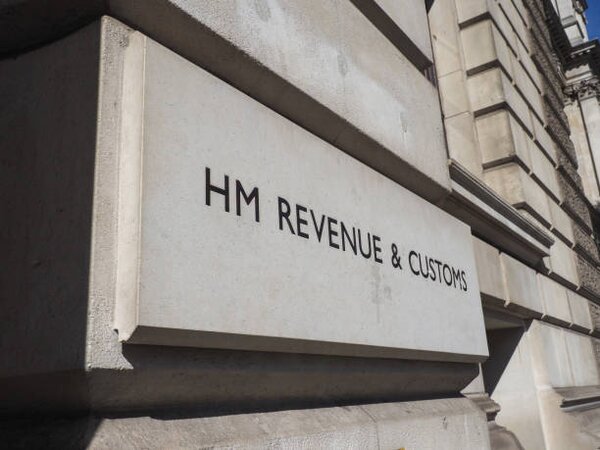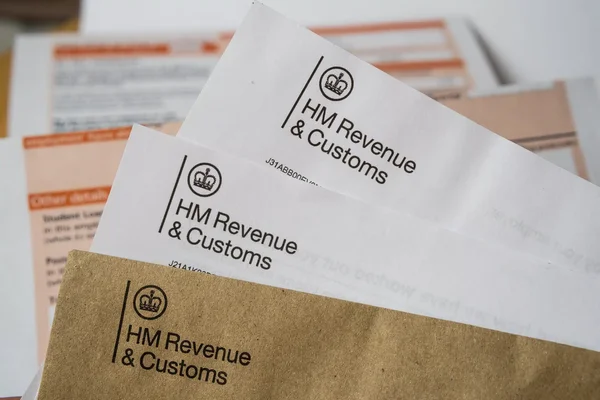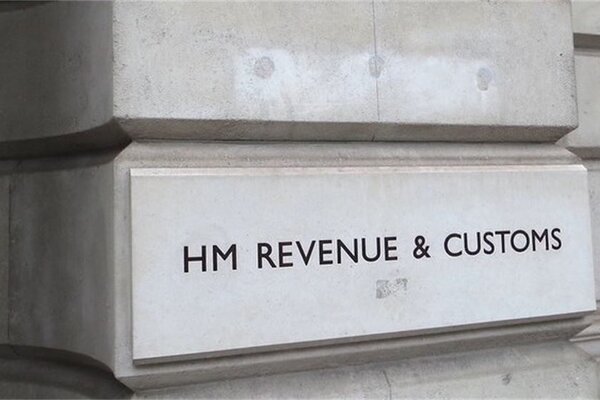Let’s Break This Down Together...
Wondering if you’re missing out on valuable pension tax relief? Many people don’t realise they’re entitled to more than the standard 20%.
We’ll cover how the system works, where higher earners can claim extra relief, and common mistakes that cost thousands over time.
This guide will help you keep more of your money in your pension, not HMRC’s pocket. Curious how? Let’s go.
What is pension tax relief and why should you care?
Think of pension tax relief as the government’s way of saying “thanks for saving for your future” by giving you a tax discount. This applies to money you contribute to your pension pot.
Personal pension plans also benefit from tax relief, and the process to claim tax relief may differ depending on the type of pension you have.
For example, if you are a basic rate taxpayer, every £80 you put in becomes £100 in your pension pot. That’s an instant 25% boost to your retirement savings.
Higher rate taxpayers get an even better deal. You can claim back additional tax through your tax return or by contacting HMRC directly. Higher and additional rate taxpayers need to claim tax relief through Self-Assessment or by contacting HMRC to claim tax that is not given automatically.
This tax perk is one of the most valuable benefits available to UK taxpayers. Yet many people don’t fully understand it or claim all they’re entitled to.
How pension tax relief works in practice
The way you get tax relief depends on how your pension is set up. Most personal pensions use ‘relief at source’, where your provider adds basic rate tax relief automatically. Relief at source applies to personal pension schemes, including stakeholder pensions, and is managed through your pension provider.
If you pay into a workplace pension, you might be on a ‘net pay’ arrangement. This is also known as a net pay scheme, where pension contributions are deducted from your gross salary before tax is calculated, ensuring the correct tax relief is applied automatically without needing to claim it back from HMRC.
Personal pension contributions are subject to tax relief limits based on your taxable income, and these contributions are affected by annual allowances.
For higher and additional rate taxpayers (40% or 45% tax bands), there’s extra relief to claim beyond the automatic 20%. This additional relief can significantly boost your pension.
You can claim this extra relief through your Self Assessment tax return. Alternatively, contact HMRC to adjust your tax code.

Annual allowance: how much can you pay in?
The standard pension annual allowance is £60,000 for the 2023/24 tax year. This is the maximum amount you can contribute while still getting tax relief.
If you earn over £260,000, your annual allowance might be reduced. This happens through the ‘tapered annual allowance’ rules. Income tax thresholds determine which taxpayers are affected by the tapered annual allowance, as these thresholds define the income bands and tax rates that apply to different levels of earnings.
Good news though - if you haven’t used your full allowance in the past three tax years, you can carry it forward. This allows you to make larger contributions now.
Watch out if you’ve already started taking money from your pension flexibly. Your annual allowance might drop to just £10,000 under the Money Purchase Annual Allowance rules.
Higher and additional rate taxpayers may need to use the annual self assessment process to claim extra tax relief on pension contributions.
Tax relief limits you should know about
You can get tax relief on pension contributions up to 100% of your UK earnings. If you have overpaid tax, you may be able to receive a reclaimed tax amount when you claim back tax relief. This is capped at the annual allowance of £60,000.
Even if you don’t earn anything, you can still contribute up to £2,880 each year. The government will top it up to £3,600 with tax relief.
Scottish taxpayers receive relief at Scottish income tax rates. These might differ from the rest of the UK.
The lifetime allowance has been effectively abolished from April 2023. This removes what was previously a cap on the total pension benefits you could receive.
Common mistakes to avoid
Many people don't realise they need to claim higher rate relief manually. This means they miss out on thousands of pounds over their working life.
Some forget to claim relief on additional voluntary contributions to workplace pensions. These extra payments are eligible for tax relief too.
Others accidentally exceed their annual allowance and face unexpected tax charges. Regular monitoring can prevent this costly mistake.
Not keeping proper records of your pension contributions can make accurate claims difficult. Good record-keeping is essential when tax return time comes around.

Final Thoughts
Pension tax relief is essentially free money from the government. It can dramatically boost your retirement savings over time.
Taking the time to understand how it works for your specific circumstances pays off. It can add tens or even hundreds of thousands to your pension pot over your lifetime.
Review your pension arrangements regularly to ensure you're maximising available relief. Always stay within allowances to avoid penalties.
If your tax situation is complex, consider getting advice from a financial advisor or tax professional. Their expertise can often save you more than their fee.
Simplifying pension tax relief
Tax doesn’t have to be taxing, especially when it comes to managing your pension contributions and relief. Our tools make it straightforward.
The UK’s first personal tax app, Pie can help you track your pension payments. This is particularly useful if you pay higher or additional rate tax.
For those with multiple income sources, we clearly show how pension contributions affect your overall tax position. This covers employment, self-employment and property income.
Fancy seeing how it works? Try Pie today to make sure you’re not missing out on valuable pension tax relief.
Quick and Easy Guide to Add Pension Contributions
Follow these steps to add pension contributions in the Pie app
Open the Pie Tax App and find the 'Quick Add' button in the middle of the navigation bar.Click 'Quick Add' in the Navigation Bar

After clicking 'Quick Add', select 'Add tax relief' from the screen to open the options menu.Select 'Add tax relief'













